

Ben Zachariah
Endangered, but not extinct: V8 and V12 engines to live on
45 Minutes Ago

News Editor
A new BMW 5 Series is set to launch in mid-2023, and will offer a choice of internal-combustion, plug-in hybrid and all-electric powertrains as part of BMW’s ‘Power of Choice’ strategy.
Autocar reports the 5 Series will ride an evolved version of the current rear/all-wheel drive Cluster Architecture (CLAR) underpinning most of the BMW line-up.
It’s expected to retain the current G30 generation’s turbocharged four- and six-cylinder petrol and diesel engines, while the range of plug-in hybrid options could grow.
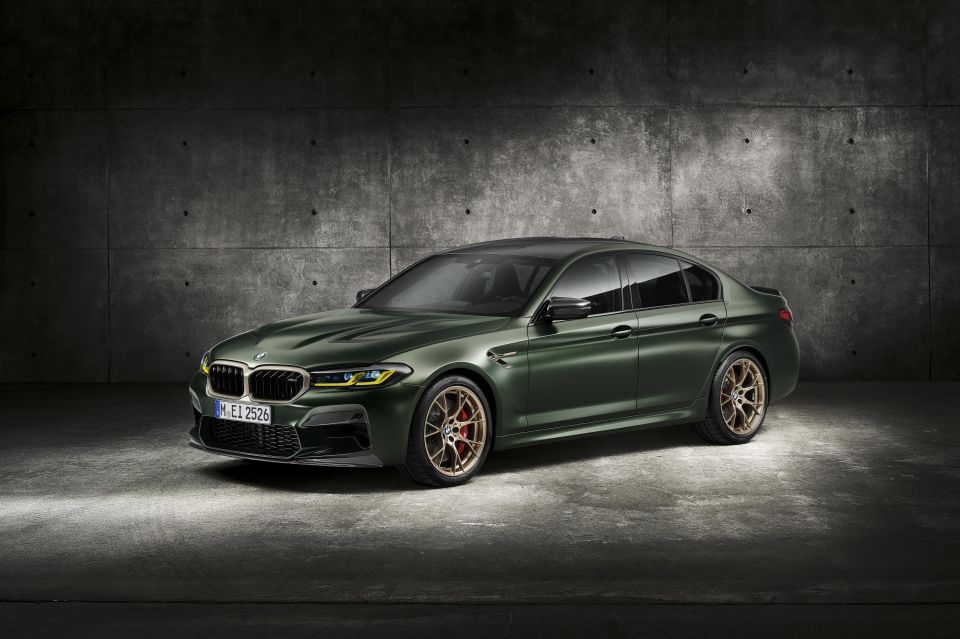
The M5 could gain plug-in hybrid technology in its next generation. BMW has said CLAR-based PHEVs can accommodate electric motors with up to 149kW of power.
One possibility is the powertrain that could be used in the upcoming X8 M Competition/XM. It will reportedly produce a total system output of 552kW from its twin-turbocharged V8 engine and plug-in hybrid system.
In sad news for V8 lovers, Autocar reports the M550i xDrive could lose its twin-turbocharged 4.4-litre petrol V8 engine.
The powertrain dates back to the first-generation X6 of 2008 and the cost of making it compliant with Euro 7 emissions regulations could prove prohibitive.
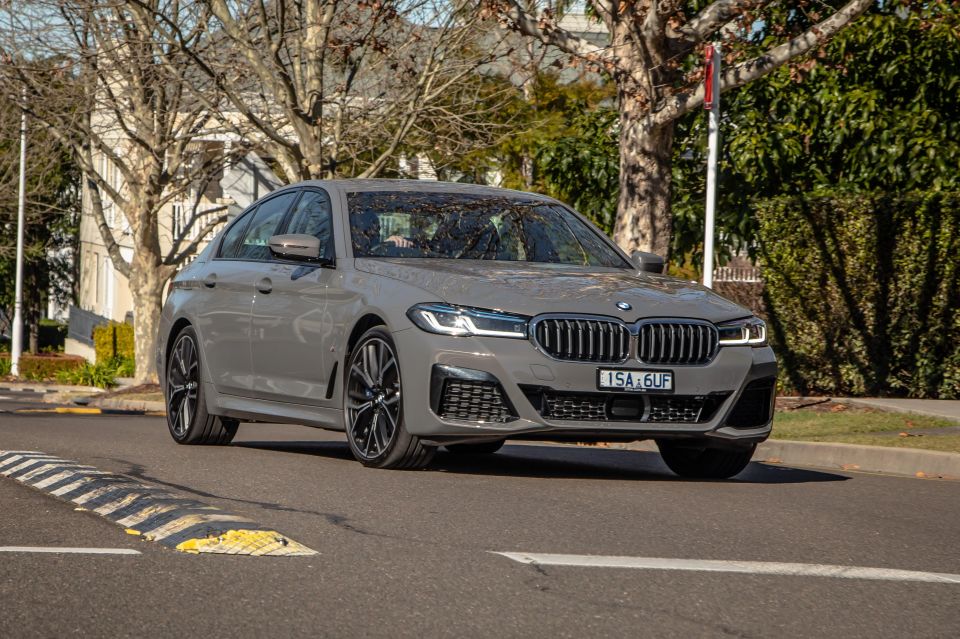
It could be replaced by an uprated version of the 545e’s plug-in hybrid inline-six powertrain.
Not currently sold here, the 545e mates a turbocharged 3.0-litre inline-six with an 80kW electric motor and 12kWh battery for total system outputs of 290kW of power and 600Nm of torque.
This is the same powertrain that is found in the 745e and X5 xDrive45e sold here.
The CLAR architecture can support a tri-motor electric set-up with two electric motors on the rear axle and one on the front, with a total system output of 596kW of power, though it’s unclear whether such a model would be launched.
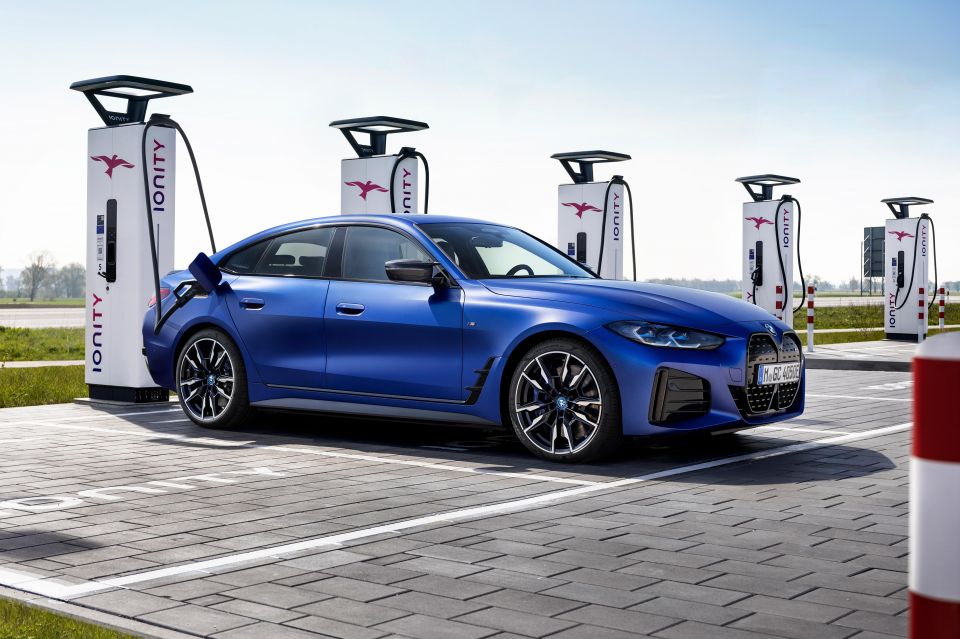
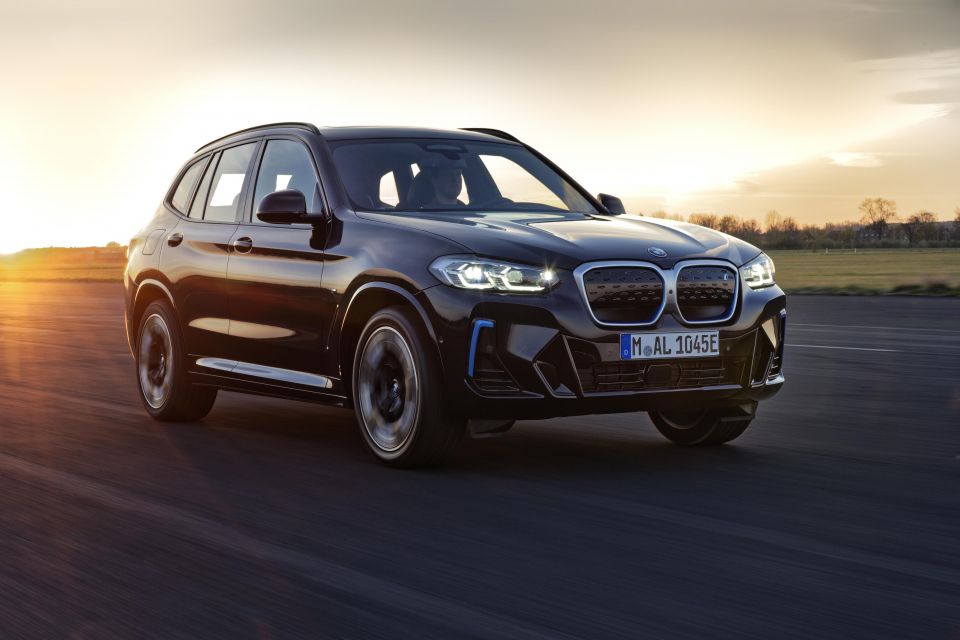
Instead, the electric 5 Series, almost certain to be called the i5, will reportedly use the same 84kWh battery and electric powertrains as the smaller i4: a single-motor, rear-wheel drive eDrive40 with 250kW of power and 430Nm of torque, and a dual-motor, all-wheel drive M50 with 400kW and 795Nm.
The electric models will be distinguished visually, as the i4 and iX3 have been, through the use of a unique grille, restyled rear bumper, different wheel designs, and available blue trim.
The electric options will join an already sprawling range of 5 Series powertrains.
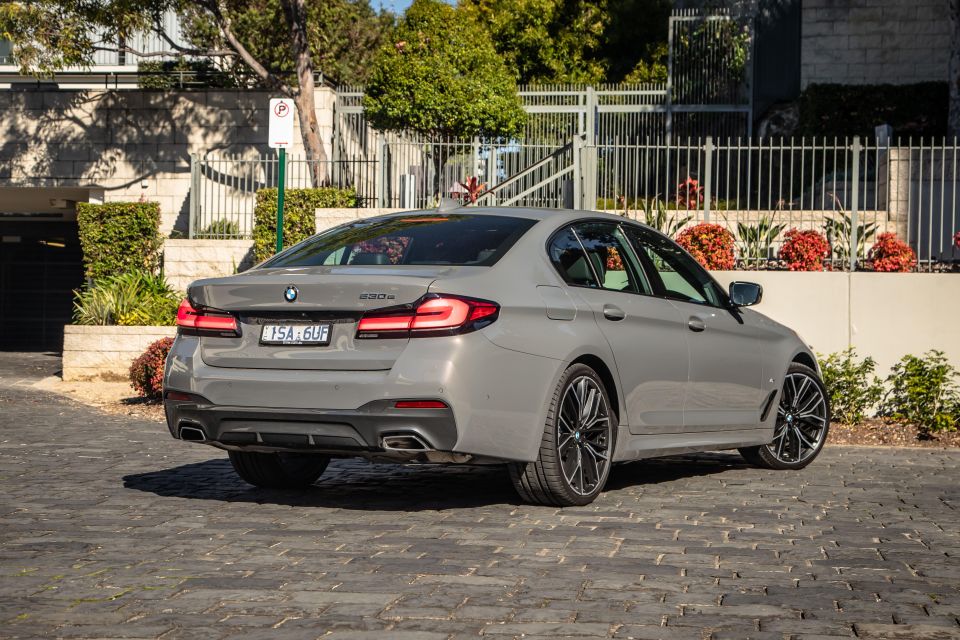
In Australia alone, BMW currently offers six different powertrain options. These comprise:
The i5 will join the burgeoning ranks of BMW EVs, with the imminent i4 and iX to be joined by electric versions of the X1, 3 Series and 7 Series.

That’ll help BMW reach its goal of selling seven million plug-in hybrid and all-electric vehicles by the end of 2030.
By the same year, it expects half of its sales to be of EVs.
Come 2025, BMW will introduce its Neue Klasse vehicles, the ‘third phase’ of the company’s electric transition.
According to Oliver Zipse, BMW CEO, the Neue Klasse will use a new software platform that supports over-the-air updates and local customisation.

As well as using new electric drivetrains and battery systems, the Neue Klasse architecture may also support hydrogen fuel-cell technology, which the company is developing with Toyota.
Zipse has left the door open for Neue Klasse vehicles to also offer the option of an internal combustion engine.
“At a later point in time, you might put another type of engine, combustion, on the front axle,” Mr Zipse told CAR.
“The architecture is still BEV-centric. It will give you the absolute best electrical driving performance like any pure electric platform; there is no contradiction at all.”
MORE: Everything BMW 5 Series
Where expert car reviews meet expert car buying – CarExpert gives you trusted advice, personalised service and real savings on your next new car.
William Stopford is an automotive journalist with a passion for mainstream cars, automotive history and overseas auto markets.


Ben Zachariah
45 Minutes Ago
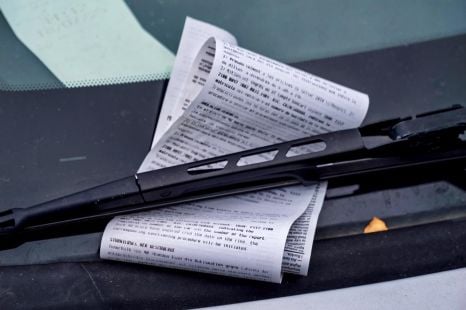

Ben Zachariah
45 Minutes Ago
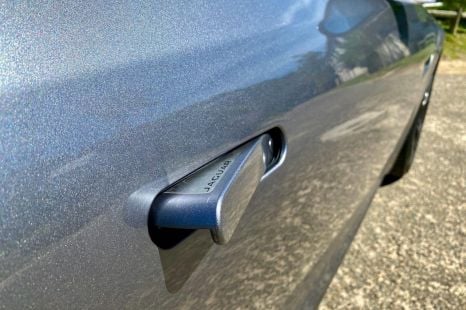

Derek Fung
2 Hours Ago
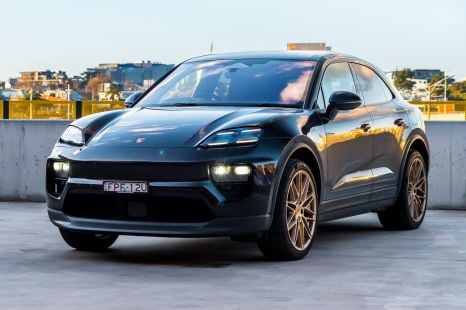

James Wong
9 Hours Ago
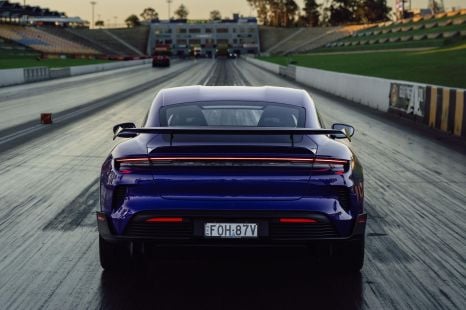

Toby Hagon
16 Hours Ago
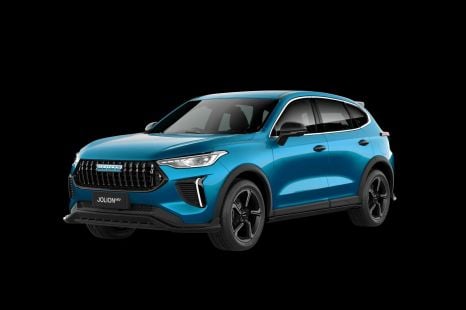

William Stopford
17 Hours Ago